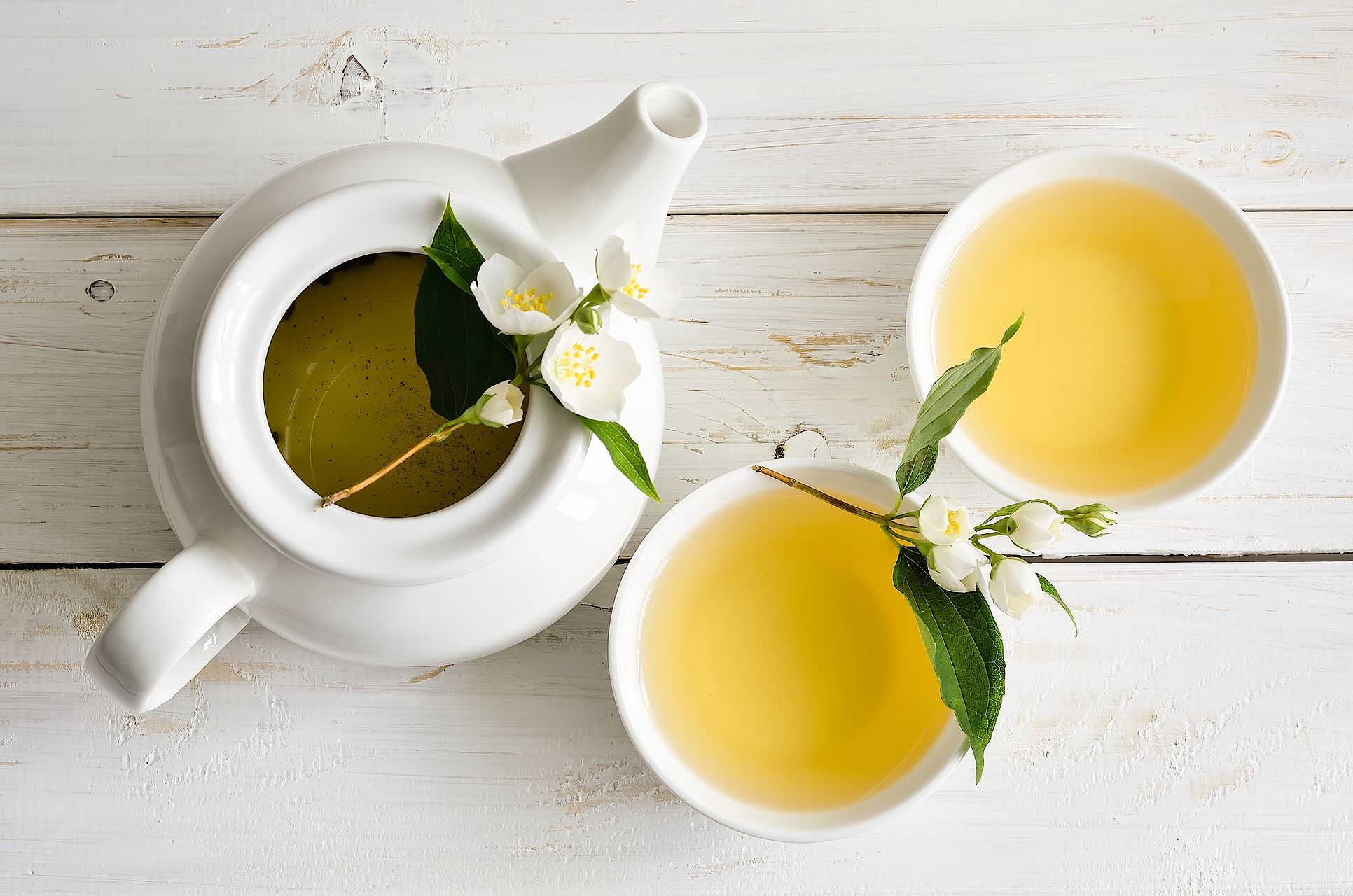The global tea beverage market is currently valued at approximately USD 55.7–59.2 billion (2024–2025) and is projected to reach USD 69.7–75.5 billion by 2029, with a compound annual growth rate (CAGR) of 5–6%. Another study estimates a market size of USD 25.6 billion in 2024, growing to USD 38.1 billion by 2033, reflecting a CAGR of around 4.5%.

Photo by https://photo.urb2b.com/photo/#/shared_space/folder/75
Taiwan Market & Key Trends in Beverage Ingredients
According to market analysis, Taiwan’s ready-to-drink (RTD) tea sector within non-alcoholic beverages continues to expand. Demand for health-oriented and low-sugar drinks is on the rise. In 2025, the annual growth rate of Taiwan's overall food and beverage retail sector is expected to reach 3–6%, while beverage sales (including sweetened drinks) are projected to grow by 11–15%, indicating strong resilience and vitality in the market.
Key Data Points in Ingredient Innovation Trends
Ingredient Innovation & Health Focus:Approximately 35–80% of newly launched tea beverages now feature eco-friendly or plastic-free packaging, with consumers showing a willingness to pay a premium. In 2025, product development is increasingly focused on ingredients aligned with "low sugar / plant-based / clean label" standards, which are emerging as core formulation pillars.
Rise of Textural and Visual Appeal:Novel ingredients such as popping boba, new-generation pearls, and milk cap powders are driving sales and consumer engagement through enhanced mouthfeel and visual aesthetics. Consumers are shifting from simple drinks to multi-sensory experiences, with vibrant and colorful ingredients gaining the most attention.
Growth in Functional Beverages:The global functional beverage sector (including probiotic and dietary fiber drinks) continues to grow, with Taiwan’s market expected to experience steady expansion from 2025 to 2031. Consumer interest in benefits such as immune support, anti-inflammation, sleep enhancement, and satiety is prompting ingredient developers to introduce functional raw materials.
Rising Demand for Premium Tea-Based Ingredients:Demand for matcha has surged globally, resulting in supply shortages and price spikes of 100–170%. This trend is expected to impact procurement strategies and pricing models for brands throughout 2025.
Strategic Positioning of Three Key Ingredient Suppliers
Empire Eagle Food Co., Ltd.
Specializes in innovative, visually engaging ingredients such as popping boba, milk cap powders, and fruit purées.Aligns with global trends in low-sugar, plant-based, and differentiated product design.Actively engages in collaborative development and clean-label innovation for global markets.
Jiu Zhou Food Co Ltd.
One of Taiwan’s major beverage ingredient suppliers, offering turnkey store solutions and international supply chain support.Capable of serving the needs of global brands, supporting their overseas expansion strategies.
Yonda Food Technology Co., Ltd.
Focuses on contract farming and natural juice production (e.g., lemon juice), favored by fruit tea and pure juice drink brands.Emphasizes natural sourcing and premium quality.
Conclusion
In 2025, the beverage ingredient market is defined by trends in health consciousness, functional benefits, sensory innovation, and visual appeal. Backed by a global tea beverage market growing at a 5–6% CAGR, brands are increasingly choosing suppliers based on their innovation capacity, product quality, and global supply chain reliability.
- Empire Eagle Food leads in creative and trend-setting ingredients.
- Jiu Zhou Food excels in supply chain integration and brand support.
- Yonda Food specializes in natural juice ingredients and localized sourcing models.
These diverse strategies reflect the evolving demands of a vibrant, fast-moving global beverage industry.






.jpg)







